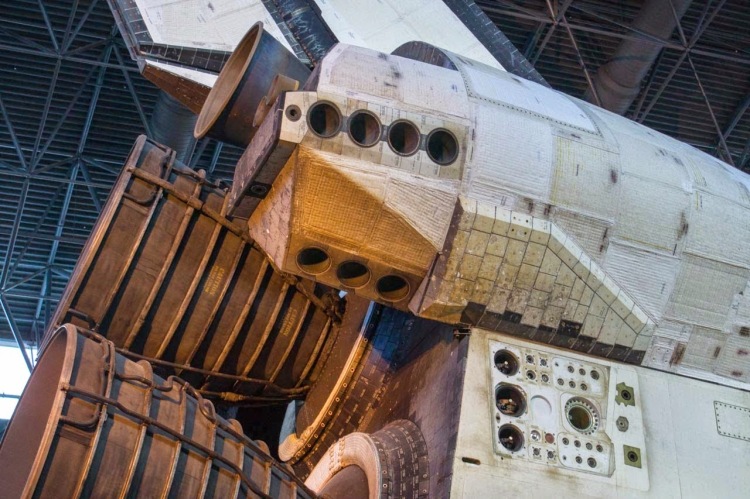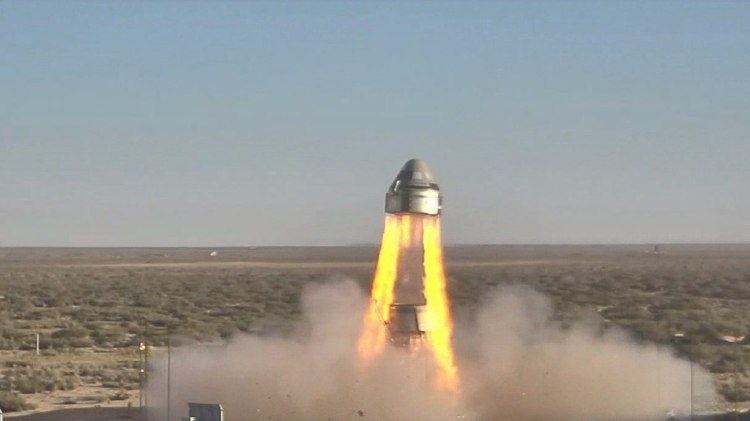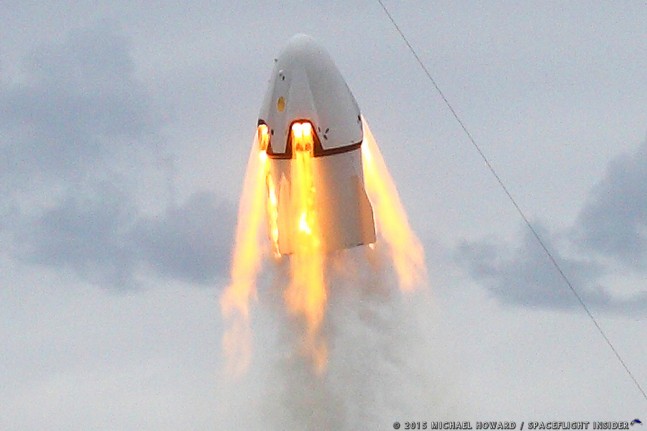
NASA has a new head of the Human Exploration and Operations (HEO) Mission Directorate. A really good pick since she was an expert on the RCS and OMS on the Shuttle. Now she has to deal with the new elephant in the room NASA will not discuss with the public: the hypergolic abort systems on the SpaceX and Boeing commercial crew astronaut taxis.


While the Orion capsule on the Space Launch System (SLS) went with a traditional expendable tractor escape tower the commercial crew entries decided they could do better than expending those expensive towers and went with a dual-purpose system. Both commercial crew taxis dispense with a service module and instead combine their escape system with an orbital maneuvering system. Both companies made an extremely bad decision that is a step backward into the cognitive dissonance that produced a Space Shuttle with no escape system at all.


NASA could have required a reusable tractor escape tower, ocean-recovered by parachute like the Shuttle Solid Rocket Booster (SRB). Instead, the space agency appears to have let the NewSpace “Public Private Partnership” concept work its supposed magic. Unfortunately, the temptation to make the escape system a “moneymaker” instead of a “moneywaster” was obviously too much for the commercial crew competitors. As with the Shuttle, crew safety took a back seat to going cheap and now it appears we (or rather, the astronauts) are stuck with these bad designs for the foreseeable future.
The simple mission of the tractor escape tower is pulling the capsule free of the rest of the stack and super-accelerating this minimum mass away from a possibly disintegrating launch vehicle. The 8-ton SLS Launch Abort System (LAS) activates in milliseconds to blast the Orion capsule away at 12 G’s using 400,000 pounds of thrust. The commercial crew taxis do not come close to this performance. This is a sacrifice of crew safety in the interest of doing more with less. Not expending escape towers or even part of the hypergolic system in the case of the crew dragon is the money-maker SpaceX and Boeing have traded a great deal of survivability for.
There is no cheap.

I expect the 8 tons of the Orion LAS is too much to add to either commercial crew stack and just bolting it on to either capsule is probably not going to work. So, as Kathy Lueders is quite aware of, there is no easy solution at this point. Except to call these hypergolic systems a wonderful added capability and not a problem at all. See how that works?
Good luck Kathy.
June 3, 2023, Update. Kathy now works for SpaceX.
And I am adding these numbers from a Space Review site forum comment:
The single best measure of the effectiveness of an escape system is thrust/weight ratio. This shows how fast the system will get a crew away from an exploding launch vehicle. The only upper limit is what will kill the crew, which is between 65 and 75 Gs. I am guessing that would take over a 20 to 1 thrust weight ratio. Anything under that is what you want. That is how you survive your rocket blowing up. Unless the escape system itself is wrapped around you and it blows up. While that has happened with a hypergolic system it can’t really happen with a solid fuel escape tower.
Thrust/weight:
Orion 17.5
Apollo 11.3
Starliner 5.58
Crew Dragon 4.82
Starship 1.17
Thanks to Lee for the numbers.